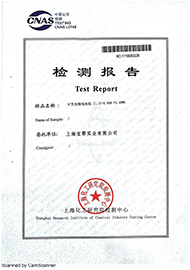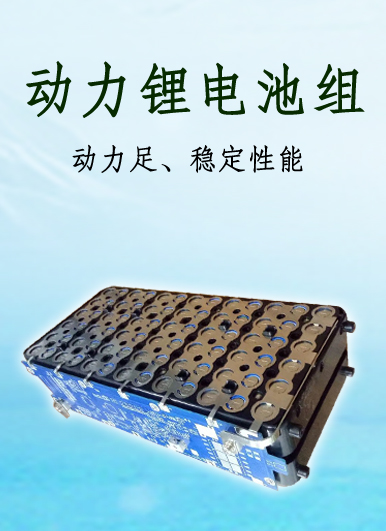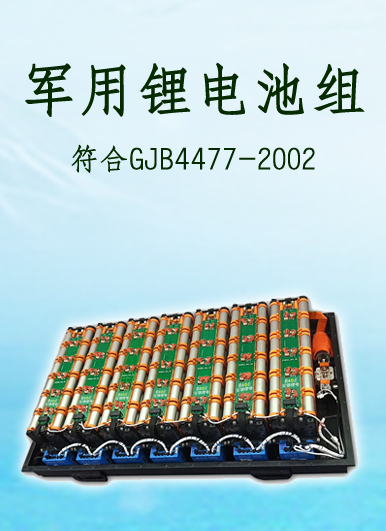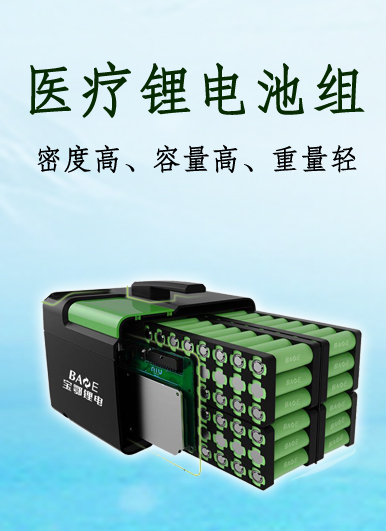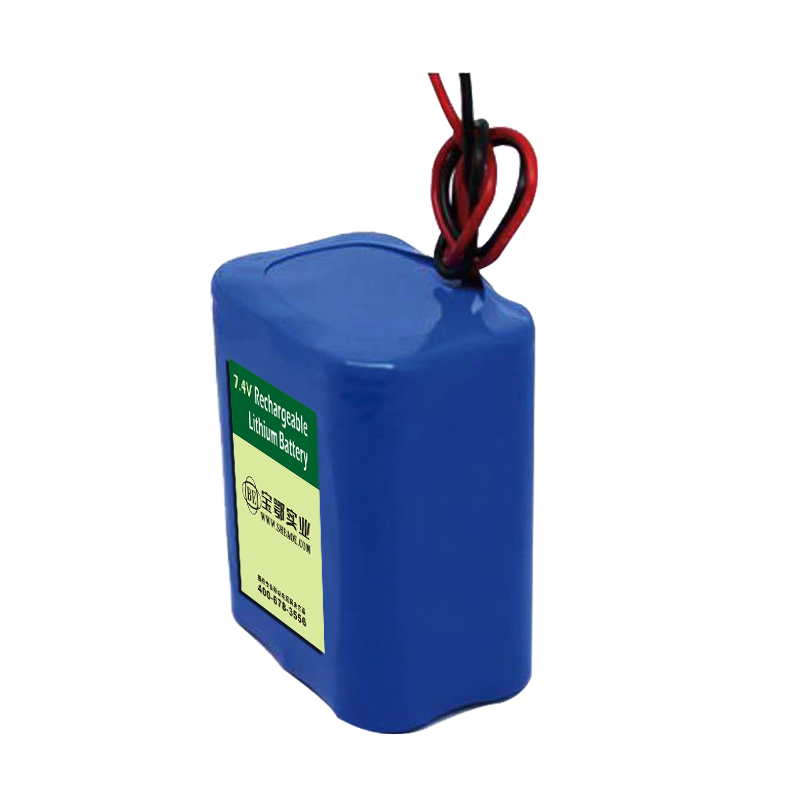Why? In fact, the reason is very simple, water is a conductor, battery water will cause short circuit, will naturally explode or burn. For electronic products, we can certainly use various ways to ensure that their batteries do not water, even if 10,000 steps back, even if the batteries into the water is scrapped, they are only electronic products, it's no big deal to throw away and buy another thing.
But pure electric cars with lithium batteries can't be so trivial. Driving inevitably involves water. If you live in rainy areas in the south, road flooding is even more inevitable. What should you do at this time? Are pure electric cars really the same as electronic products, hanging at the drop of water?
Don't worry, pure electric cars aren't that fragile.
Pure electric vehicle waterproofing is not that simple
As I said before, the reason why batteries die when they meet water is that water can short-circuit the batteries. So for pure electric vehicles, the physical characteristics of the battery itself can not be changed, so we can only use some technical means to prevent water from running into the batteries.
This is the battery pack waterproof technology for pure electric vehicles. It looks simple, but it's not easy to implement. First of all, I ask you, what should be the simplest battery waterproof? It's very simple, of course, to tie up the battery with something that's airtight, so that the water can't run in.
Indeed, this idea is simple and effective, but you may not have considered a more serious problem. With the output power of today's pure electric vehicles and the total energy of battery packs (mostly equal to or more than 50 degrees), if you rush to find a sealing material to wrap it up, the huge heat generated by the battery packs themselves in the process of driving an electric vehicle, plus the heating of the wrapping material. The effect (sealing material must keep warm, this is the law of physics), I'm afraid it won't be long before this huge battery pack will burn up happily in high temperature.
Therefore, the battery pack of each pure electric vehicle must be designed with a heat dissipation system. This leads to a contradiction. The function of the heat dissipation system is to make the battery pack as breathable as possible, while the function of the waterproof material is just the opposite. So what?
What about the Military Regulation Waterproof Structure?
Maybe you can see the three words "military regulations", you will unconsciously think that this is not an advertisement, but it is not true, pure electric vehicles to solve the problem of water and heat dissipation at the same time, the solution can only be found from military vehicles. In fact, the technology was originally invented by Europeans and used in a pure electric troop carrier (which has been difficult to produce due to financial problems) and they designed a very complex integrated system of heat dissipation and water proofing for batteries in the face of battlefield environment.
The system is simply a complex shell that wraps real batteries in it. Through this shell, it can not only achieve enough heat dissipation, but also ensure that waterproof at least to "not afraid of water immersion" degree. So now pure electric vehicle waterproof performance, in the end to what extent?
We take Weima EX5 as an example. The waterproof grade of the battery pack of this model is IP68. The so-called IP68 waterproof means that the battery pack itself can be completely immersed in water within 3 meters (static immersion) in a short time (less than 10 minutes) without short circuit or failure. That is to say, the IP68-level waterproof battery packs, even in the face of short-term flooding or heavy rains in the southern coastal areas, are basically no problem.
Most of the mainstream pure electric vehicles on the market have IP68 battery packs, so in addition to some crude models, most of the mainstream pure electric vehicles you can buy on the market basically do not need to worry about the self-ignition of the battery pack.为什么?其实道理很简单,水是导体,电池入水会引起短路,锂电池自然就会爆炸或者燃烧了。对于电子产品,我们当然可以用各种办法确保它们的电池不进水,就算退一万步讲,就算电池进水报废了,它们只是电子产品,大不了扔掉再买一个完事儿。
但同样使用锂电池的纯电动车,可不能那么儿戏了,开车难免要涉水,如果你是在南方多雨地区生活的,道路水浸更是不可避免的事情,这时候该咋办?难道纯电动车真的和电子产品一样,见水就挂?
别急,纯电动车并没有那么脆弱。
纯电动车防水并没有那么简单
前面说了,电池之所以会见水就死,根源只是因为水会让电池短路而已,那么对于纯电动车来说,电池本身怕水这个物理特性无法改变的前提下,我们只能通过一些技术手段,让水不要跑进电池里面。
这就是纯电动车的电池包防水技术。看着很简单,但实施起来难度却不小。首先我问你,最简单的电池防水应该是怎样的?很简单,自然就是用一种什么密不透风的东西把这个电池五花大绑起来,这样水就跑不进去了。
确实,这种想法很简单,也很有效,但你可能没有考虑到一个更严重的问题,以如今纯电动车的输出功率和电池组的总能量(大多都等于或超过50度电),贸贸然地找密封材料包裹起来的话,电池组本身在电动车行驶过程中产生的巨大热量,再加上包裹材料的加温作用(密封材料必然保温,这是物理定律),恐怕用不了多久,这块巨大的电池组就会在高温中痛快地燃烧起来。
所以每一辆纯电动车的电池组,是一定要设计有散热系统的。这就造成一个矛盾了,散热系统的作用是让电池组尽可能地透气,而防水材料的作用则刚刚相反,那咋搞?
军规式防水结构了解一下?
可能看到”军规式“这三个字,你下意识会以为这是不是一则广告,然而还真不是,纯电动车要同时解决防水和散热的问题,能用的解决方案,还真的只有从军用车上找办法。实际上这项技术最初是欧洲人发明的,用在他们的一款纯电动运兵车(最后因经费问题难产至今)上,他们针对电池组在面对战场环境状态下,设计出了一套非常复杂的散热+防水一体化系统。
这套系统简单说就是一个结构复杂的壳子,把真正的电池包在里面。通过这个壳子,既可以实现足够的散热,还能保证防水至少达到”不怕水浸“的程度。那么现在的纯电动车的防水性能,到底达到什么程度呢?
我们以威马EX5为例,这款车型的电池组防水等级为IP68,所谓IP68级防水,指的是电池组本身可以短时间(10分钟以内)完全浸没在3米以内的水中(静止浸没)而不会出现短路或失效。也就是说,达到IP68级防水的电池组,哪怕是面对南方沿海地区的短时间水浸或者特大暴雨,基本上是没有任何问题的。
市面上大多数主流的纯电动车的电池组大多也都是IP68级,因此说,除了某些粗制滥造的车型之外,市面上你能买到的大多数主流的纯电动车,基本上是完全不需要担心电池组进水自燃这种事的。
なぜですか?水は導体で、電池が水に入ると短絡を起こし、自然に爆発したり、燃やしたりします。電子製品に対して、もちろん各種の方法で電池が水に入らないように確保できます。たとえ一万歩下がっても、電池が水に入って廃棄されたとしても、それらは電子製品だけです。捨ててもう一つの仕事を買います。
しかし、同じリチウム電池を使用している純粋な電気自動車は、そのような遊びをすることはできませんが、車を運転する場合は、南の多雨地域で生活している場合は、道路の浸水はさらに避けられないことですが、この時はどうすればいいですか?電気自動車は本当に電子製品と同じです。水を見たらすぐ掛かりますか?
焦らないでください。純粋な電気自動車はそんなに弱くないです。
純粋な電気自動車の防水はそんなに簡単ではありません。
前に述べたように、電池が水に会うと死ぬ原因は、水が電池を短絡するだけです。電気自動車にとって、電池自体は水という物理的な特性が変えられないという前提の下で、技術的な手段を通じて、電池の中に水を入れないようにします。
これは純粋な電気自動車のバッテリーパックの防水技術です。見たところ簡単ですが、実施するのは難しいです。まずお聞きしたいのですが、一番簡単な電池の防水はどのようなものですか?簡単です。自然と何かの密なものを使って、この電池をいろいろと縛ってしまうので、水が入れなくなります。
確かに、この考え方は簡単で効果的です。しかし、もっと深刻な問題を考慮していないかもしれません。今の純粋な電気自動車の出力と電池グループの総エネルギー(大体50度以上の電気に相当します。)で、貿易が軽率に密封材を探してくるむと、電気池組自身は電気自動車の運転中に生まれます。の巨大な熱量に加えて、包装材料の加温作用(密封材は必ず保温する、これは物理法則です)を加えて、恐らく使えないで、この巨大な電池群は高温の中ですっきり燃焼します。
したがって、すべての純粋な電気自動車のバッテリーグループは、必ず熱を放出するシステムを設計する必要があります。これは1つの矛盾をもたらして、放熱システムの作用は電池の組をできるだけ通気させるので、防水の材料の作用はちょうど相反して、それではどのようにやりますか?
ミリタリー防水構造を調べてください。
「軍規式」という言葉が見えますが、これは広告ではないかと思います。しかし、電気自動車は防水と放熱の問題を同時に解決します。使える解決策は軍用車からしかないです。実際、この技術はヨーロッパ人によって発明されたもので、彼らの純粋な電気輸送用の兵車(最終的には経費の問題で生産が難しくなりました。)で、電池組に対して戦場に直面する環境下で、非常に複雑な放熱+防水一体化システムを設計しました。
このシステムは簡単に言うと、複雑な構造のシェルで、本物の電池を中に入れます。このシェルによって、十分な放熱を実現することができます。防水は少なくとも「浸水を恐れない」程度に達することができます。今の純粋な電気自動車の防水性能は、いったいどのぐらいですか?
私達は威馬EX 5を例にとって、このタイプの電池セットの防水レベルはIP 68で、IP 68級防水とは、電池グループ自体が短時間(10分以内)で、完全に3メートル以内の水中(静止浸漬)に浸漬して、ショートや失効が発生しないことを指します。つまり、IP 68級防水の電池セットは、南の沿海部の短時間浸水や豪雨に直面しても、基本的には何の問題もありません。
市場で主流の純電気自動車のバッテリーはほとんどIP 68級です。だから、いくつかの粗製乱造の車種を除いて、市場で買うことができる多くの主流の純電気自動車は、基本的には電池組の水が自然発火することを心配する必要はありません。


